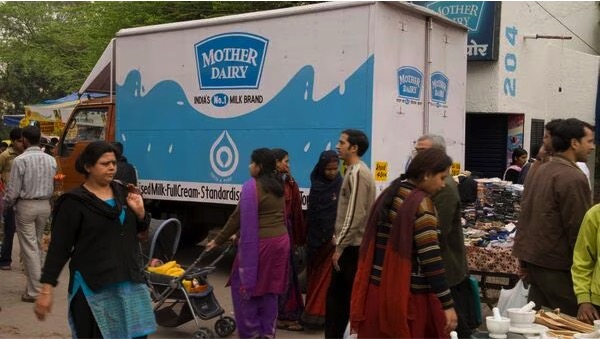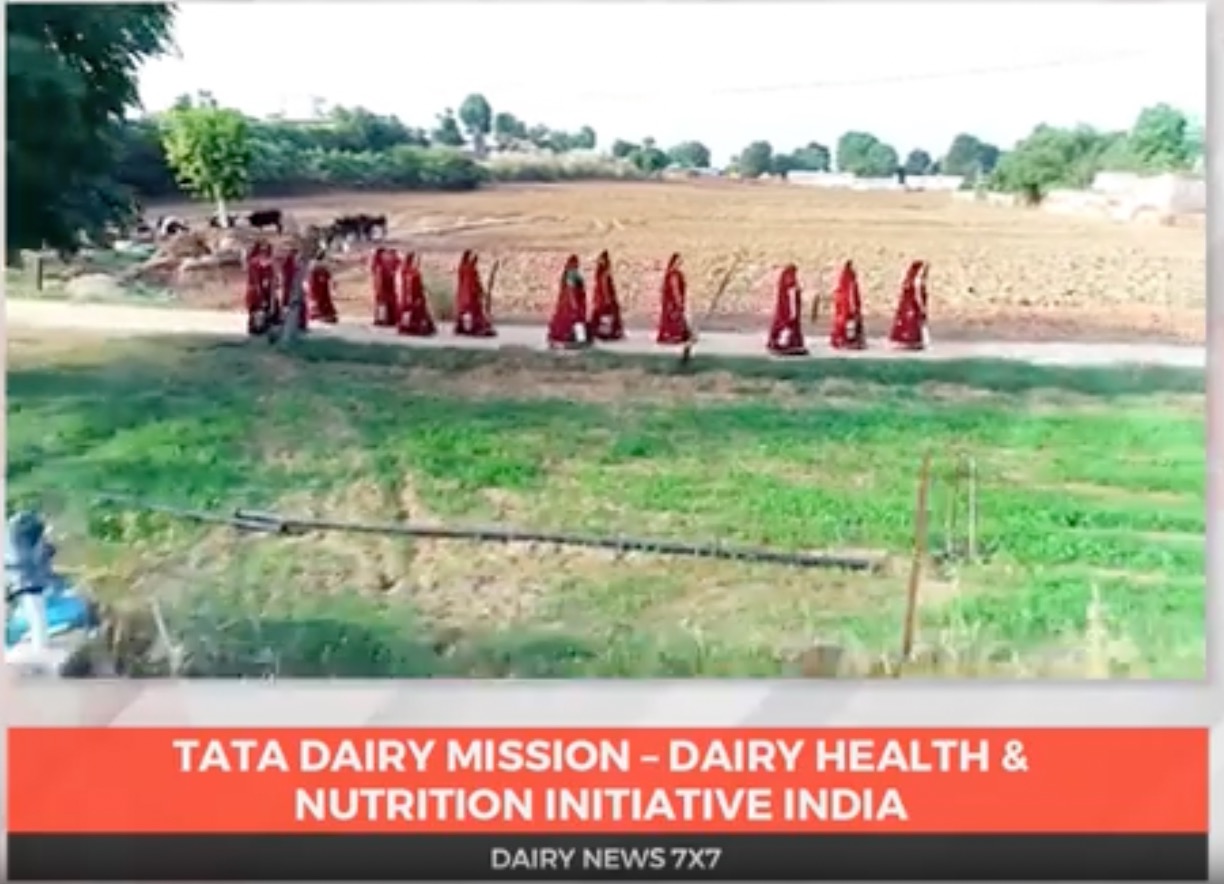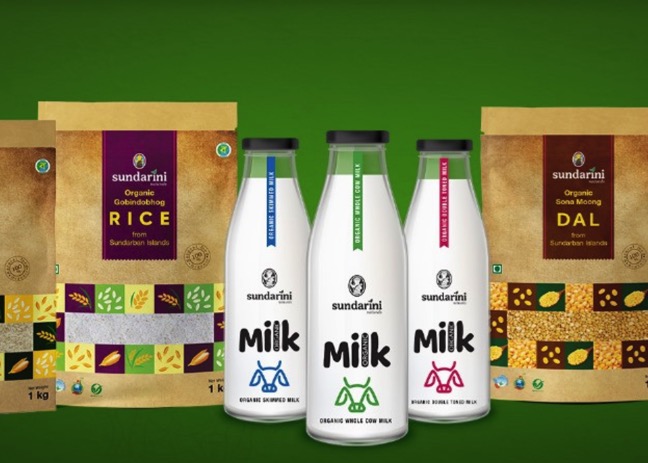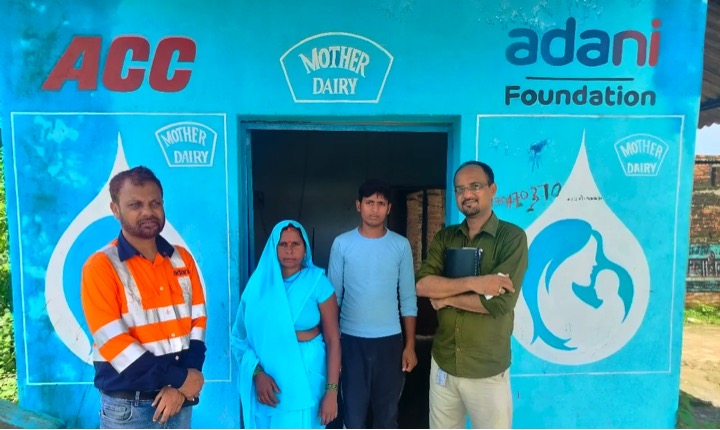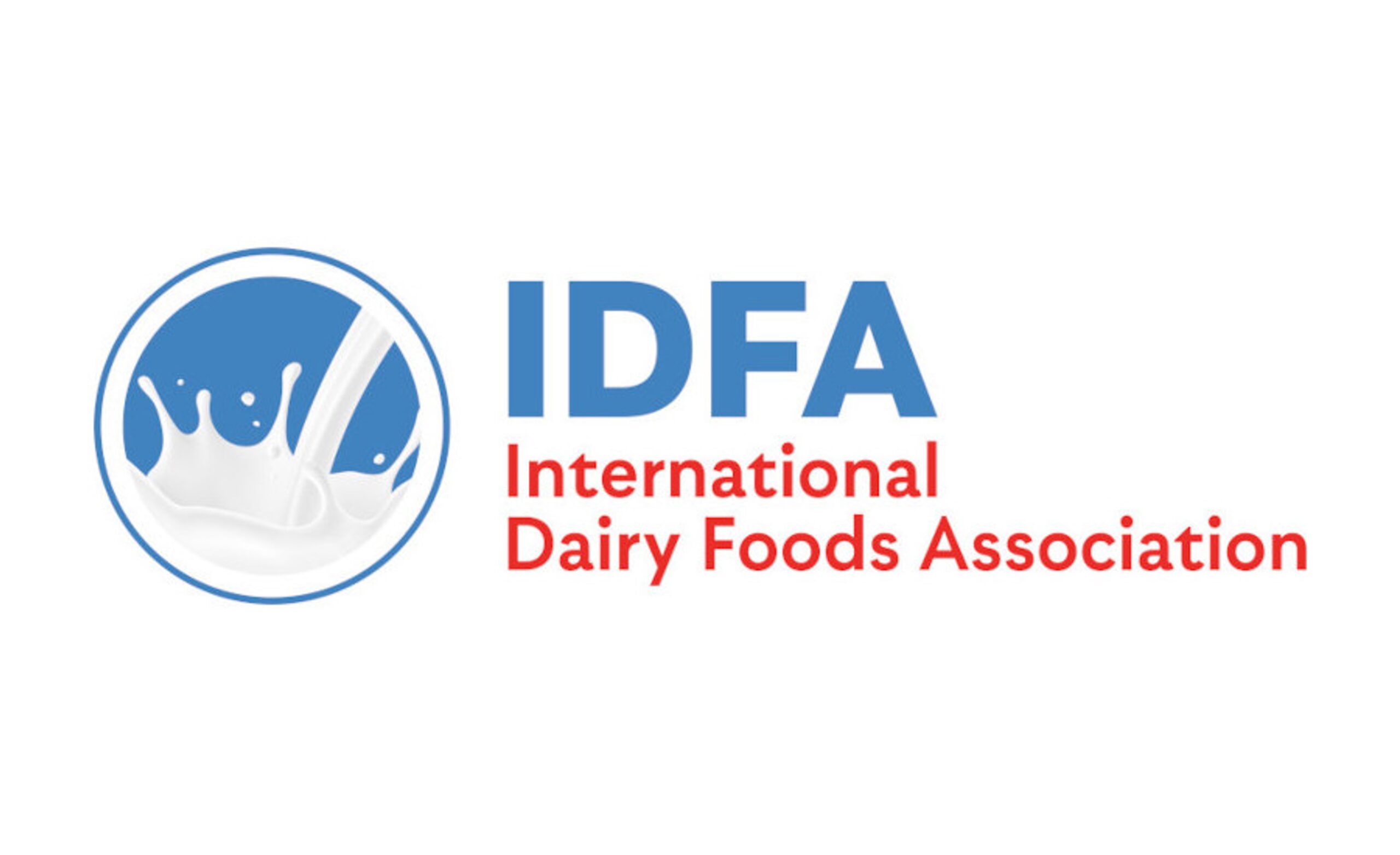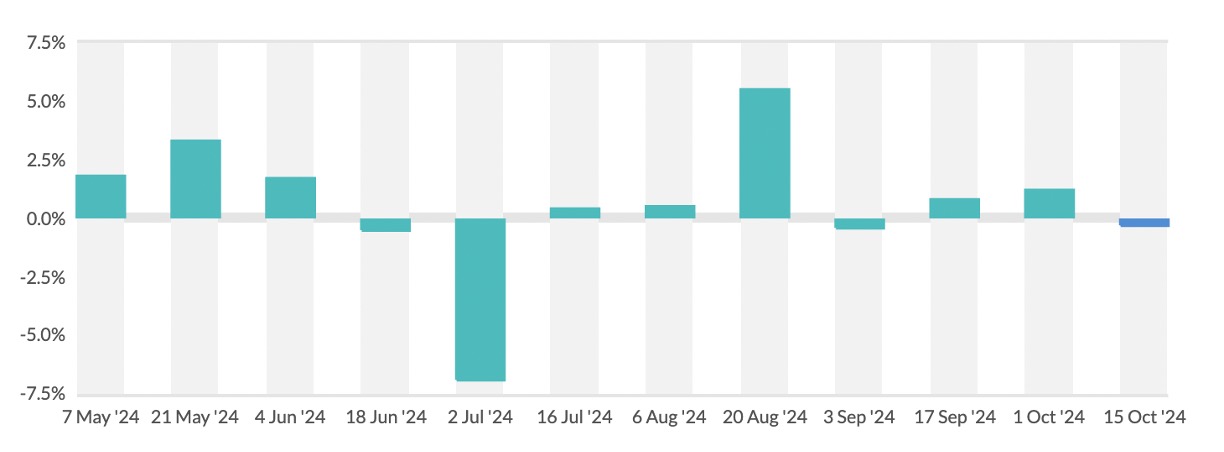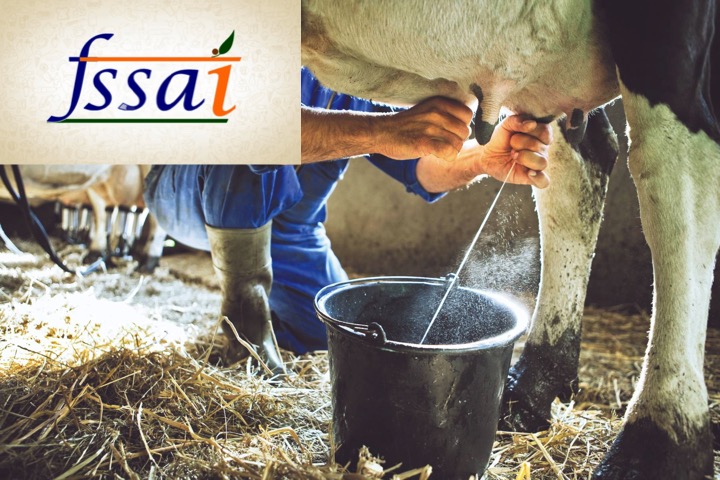The increase is likely as retail milk prices have already risen 10% in a year and 22% in three years. Sharma also notes that poor monsoon and higher fodder prices could further impact milk prices.
Prices of retail milk are expected to go up 4-5% year-on-year in FY24 because of dairy processors fail to recover the cost, which has been hit throughout pandemic, especially during the second wave amid higher commodities prices pushing up fodder prices and weighing on milk productivity, Crisil director Pushan Sharma told Mint in an interview. This comes at a time when retail milk prices have shot up by 10% in a year and nearly 22% in three years. Milk prices may also rise if productivity gets hit because of anticipated poor monsoon in August and September and fodder prices continue to remain sticky or increase.
Sharma further said that poor kharif sowing was caused initially by rain deficiency, with the situation exacerbated by the rain deluge; which may lead to resowing thereby disturbing the crop calendar and switching to short term crops. In the middle term, rice prices are likely to remain firm because of lower FCI stock and the government announcing higher minimum support price for paddy. After a significant rise in almost all vegetable prices, especially tomato, the agriculture economist sees onion prices going up as most of stocks to be exhausted by around mid-September.
Also, rising global temperature causing more pest attacks may weigh on farm crop productivity and thus production in coming days as there is a correlation between metabolic rate of pests and temperature. Speaking about edible oil import outlook, Sharma said India may rely more on Brazil than Argentina to meet its soyoil demand, as the soybean production in the US is hit because of a drought-like situation. Edited excerpts:
Milk inflation remains significantly high in June though slightly eased month-on-month. How is the dairy sector doing and what could be expected as far as milk prices are concerned in the coming months?
The dairy industry has seen a different impact through the pandemic as the artificial insemination of animals was hit especially during the second wave in 2021 when there was a concern over oxygen cylinder not being available. Nitrogen production was diverted towards oxygen and nitrogen is required to keep the semen of animals. This affected artificial insemination in animals, resulting in lower calf birth and consequently a decline in milk production.
Milk production was also affected because of farmers being unable to take care of animals well in the pandemic when commodities prices shot up influencing fodder prices. This left a significant impact on overall milk productivity which then manifested in shortages of ghee, butter etc. over a year and half.
The procurement price for milk (dairy processors pay to farmers) also went up because of lower milk production and high cost of fodder. Some of the cost was passed to the retail customers. When we look at the profitability of various dairy processors, it has been coming down over the last couple of years and this implies dairy processors are not being able to completely pass on the cost increase that they have faced to final retail buyers.
As a result, we have seen a significant hike in milk prices and this year, too, we are expecting a 4-5% year-on-year rise in FY24. The reason for the anticipated rise is because of the under-recovery in cost over the last year. Additionally, if there is a productivity issue because of poor monsoon in August and September and fodder prices continue to remain sticky or increase, it could contribute to the hike.
How flood in northern India in July from deficit rainfall in June is likely to influence kharif crops this season?
Though the monsoon started weak, it has caught up very fast in the last two weeks. At some point we were at 53% long period average (LPA) rainfall deficit and today it has returned to normal at 293.5 mm. Heavy rainfall in Punjab and Haryana has reportedly led to submergence of standing paddy. While the affected paddy area is likely to be resown once the heavy rainfall situation normalizes, a marginal shift towards short duration crop like maize is expected, especially in Punjab.
In the case of UP, the recent heavy downpour has adversely impacted the western part of the state. Maize and groundnut crops in districts like Bareilly, Kannauj and Farukkabad have been reported to be washed away. While resowing of maize is likely to be attempted, area under groundnut is expected to decline in the state.
Further, the recent heavy rainfall is observed to have been detrimental for vegetable crops across all three states. Standing crops of tomato, cucurbits, chilli and okra have been reportedly washed away or significantly damaged.
The geographical distribution of southwest monsoon has been skewed from the beginning of the season. While all the northern states, barring UP have witnessed rainfall in excess to large excess, few key states like Bihar, Odisha, Maharashtra, Telangana, Karnataka and Kerala have received rainfall in deficit during the same period ranging from 20-31% below LPA. Sowing in these states, except Bihar has been reported to be lower on year as on 14th July. While sowing momentum in Maharashtra and Karnataka will depend on how rainfall pans out in the next 10 days, in other states like Bihar, Odisha and Telangana where paddy is the key kharif crop, sowing window can be extended up to first week of August, thereby giving some respite.
From productivity point of view, following delayed sowing and anticipated resowing due to the erratic monsoon, the crop calendar is expected to be disturbed and extended this season. Productivity of cotton, pulses and oilseeds could be hit. However, how the rainfall pans out during critical stages of crops such as flowering and grain or fruit formation in August-September remains a key monitorable as there might be lower rainfall in these two months due to El Nino effect.
Retail food inflation in June spiked to 4.49% year-on-year against 4.31% in May because of higher food and vegetable prices. What is your outlook on food prices in the coming months?
We have had a sharp increase across the food basket over the last couple of years. A lot will depend on how the monsoon pans out this year and the production. Because of El Nino, there might be some productivity loss in case of pulses. If that is the case, that could give a positive price queue to the pulse category. In the case of paddy, lower FCI stock and higher MSP as around 45% of paddy typically gets procured will likely remain prices firm. As far as the vegetables are concerned, one could see a rise in onion prices as we see a lot of stocks to be exhausted by around mid-September.
Do we yet see a food security concern amid sudden changes in weather conditions and ahead of El Nino compromising rainfall in August-September?
IMD is still maintaining a normal rainfall forecast. So, the severity and intensity of rainfall according to their analysis show that it is not expected to be that severe. If the severity is high, we can then look at some of the past instances when El Nino was severe in 2014-15 and 2015-16. In these years, food crop production was 6-7% lower despite a very severe situation. Our irrigation over the last 7-8 years has improved although not substantially. So, we are in a better position from the risk point of view than we were 7-8 years ago. Given these, I don’t see a severe impact on crop production this year considering the El Nino will not be as severe as expected.
Edible oil imports in the first eight months of the oil year (November-October) till June was 22% high. What have been the factors behind this jump? What is your outlook for India’s edible oil import in OY23?
The rise is due to healthy imports of all the oils barring soybean oil. The bearish price trend on a high base of last fiscal coupled with lower ending stock at the end of OY22 has led to higher imports of palm oil and sunflower oil. While higher stocks and slower demand in the domestic market this year has led to a decline in imports of soybean oil. For OY23, we expect edible oil imports to be higher due to healthy demand for palm and sunflower oil.
In the case of soybean oil, share of imports from Brazil has gone up to 39% while that of Argentina has declined to 56% because of lower output amid drought-like situation. For OY23, we expect Brazil to maintain its share in India’s soybean oil import basket at 40% and export around 1.4 million tonnes to India. Argentina typically accounted for 62% share in India’s soybean oil import basket and Brazil contributes 30%.
How is the rising global temperature expected to hit agriculture crop productivity in the coming years?
Structurally, we are seeing a gradual increase in temperature and different crops will react differently to the increase in temperature. What a lot of people do not talk about is the metabolic rate of pests. With every degree increase in temperature, the metabolic rate of pests goes up and they consume more crops. This is something that we believe will hamper productivity of crops. There is a correlation between metabolic rate and temperature and this correlation is positive which implies that productivity will suffer with an increase in temperature.
The one way of looking at it is that farmers are required to apply more pesticides and insecticides if temperature is high. More crop damage is expected if farmers do not use pesticides, which could potentially bring down farm production.
Rice prices have gone up 20-30% in the past three months. What are the factors behind this steep rise and what is your outlook?
This is the lean season for paddy as most of the Rabi crop was out in the market by June and kharif season crop will start hitting the market by October. Because of the lean season, one should not take the price trend seriously for July-September. About 20% lower stock of rice year-on-year as on 1 June with FCI (Food Corp. of India) and 7% higher announcement of paddy MSP (minimum support price) could be positive queues for rice price going ahead.
Why are the government interventions to curb prices of key cereals and pulses failing?
While the government tries to intervene, the quantum that was offloaded out of total production is not significant. For e.g., the production of wheat crop is over 100 million tonnes (MT). What the government offloaded into the market was close to about 3 MT in February-March, 3% of overall production. Secondly, some of the supply chain issues we are grappling like the Russia-Ukraine crisis, Indonesia imposing temporary ban on palm oil exports, labour shortages in Malaysia causing palm oil production etc.


